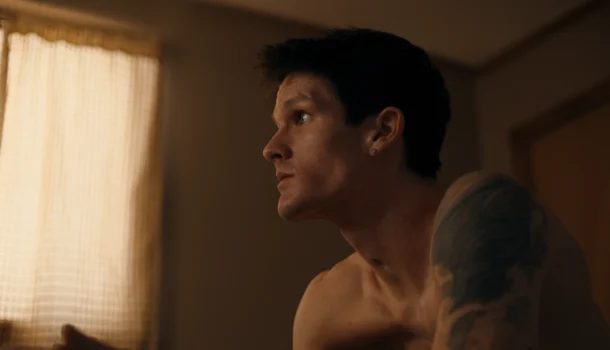Sometimes, reality finds ways to feel more fabricated than any script. The storm that swept through Joplin, Missouri, on a Sunday in May 2011 didn’t arrive with trumpet blasts, but left behind a trail that resembled a collective reckoning. “The Twister: Caught in the Storm” operates in that space between meteorological disaster and existential unrest, refusing sensationalism and investing in a pain that resists being turned into spectacle. Director Alexandra Lacy doesn’t just reconstruct the event — she interrogates it, wielding a camera that alternates between documentary precision and digital recreation, always attuned to the emotional shock endured by the survivors. Each testimony doesn’t echo trauma; it searches for a language to name the unnamable: the sound the world makes when it splits in half.
There, where religious fervor mingles with suburban rituals and extra-large sodas, the apocalypse had already been imagined. “Joplin has as many churches as fast-food joints,” jokes Cecil Cornish, a clerk at Andy’s Frozen Custard, who watched the sky collapse over Rangeline Road with the weight of a sentence. A man of faith and openly gay, Cornish lived under the shadow of the Rapture — a biblical promise sold by preachers like Harold Camping, who marked calendars with expiration dates for humanity. Surviving the tornado didn’t bring relief but a paralyzing guilt — he believed remaining among the living was punishment, not grace. Lacy dissects this inner fracture with narrative precision, delving into the psychological layers of religious panic that don’t dissipate even after the storm has passed. At its core lies the idea that for some, destruction is just the beginning of a more intimate judgment.
Other young people, whose lives had barely rounded the first corner of adulthood, speak in a tone that avoids pity or moralism. Graduates, bikers, recreational weed users — the diversity of voices paints a portrait of a youth unprepared to plan for any future. Steven Weersing, for instance, was crossing the historic Route 66 in a truck with friends when he was hurled skyward by a force that allows no resistance. Thrown, sucked out, broken, nearly erased: Weersing survived the initial violence only to endure a more insidious torment. A rare and aggressive fungal infection required multiple amputations and the removal of vital tissues — muscles, tendons, ribs, and even part of his heart. A life that had seemingly ended had to be painstakingly rebuilt from wreckage — a slow rebirth shaped by pain, medicine, and improbable hope.
As the narrative nears its conclusion, Lacy resists any comforting gesture. Weersing’s story isn’t framed as a tale of triumph — it remains a raw scar. Nicknamed “Miracle Boy,” he returns to the screen as a father, a husband, a man who built a new routine atop the crater left by the storm. But the film refuses to suggest that this is enough. Through the director’s gaze, the miracle isn’t survival — it’s the refusal to let suffering be trivialized. There is no guaranteed redemption here, only a stark warning: extreme events are not divine punishments nor arbitrary freaks of nature. They are blunt, undeniable reminders that nature answers with violence when we ignore the boundaries of our own impact.
In the end, what lingers is not a lesson, but a question. What makes life worth rebuilding when everything seems doomed to collapse? “The Twister: Caught in the Storm” chooses not to answer. Instead, it fixes the viewer’s gaze on the abyss between humanity and the world — and suggests, without mysticism, that perhaps it’s time to let go of our comforting certainties and learn — belatedly — how to listen to the wind before it speaks too loud.
Film: The Twister: Caught in the Storm
Director: Alexandra Lacey
Year: 2025
Genres: Documentary
Rating: 9/10

